🤖🧠 Market Analysis: BrainDrops
BrainDrops hits 3,000 ETH volume in February as the AI art market heats up
There is no secret AI is taking the world by storm. From chatGPT to tools that automate tasks like making videos, generating voices, and… creating fascinating visuals, AI is here to stay.
In fact, the popularity of AI art has exploded over the past year, particularly this month BrainDrops is about to hit 3k ETH in volume. It's a platform that curates some of the most outstanding collections of AI art, and I'm excited to take a deep dive into it.
Brain Drops is an NFT platform and community for AI-generated art. Our goal is to shine a spotlight on the artists and innovators who've been experimenting with this technology for years without fanfare, as well as to help enthusiasts learn how to make AI Art themselves.
We hope to foster the ideal community and environment for collectors, artists, and learners within the AI-generated Art space.
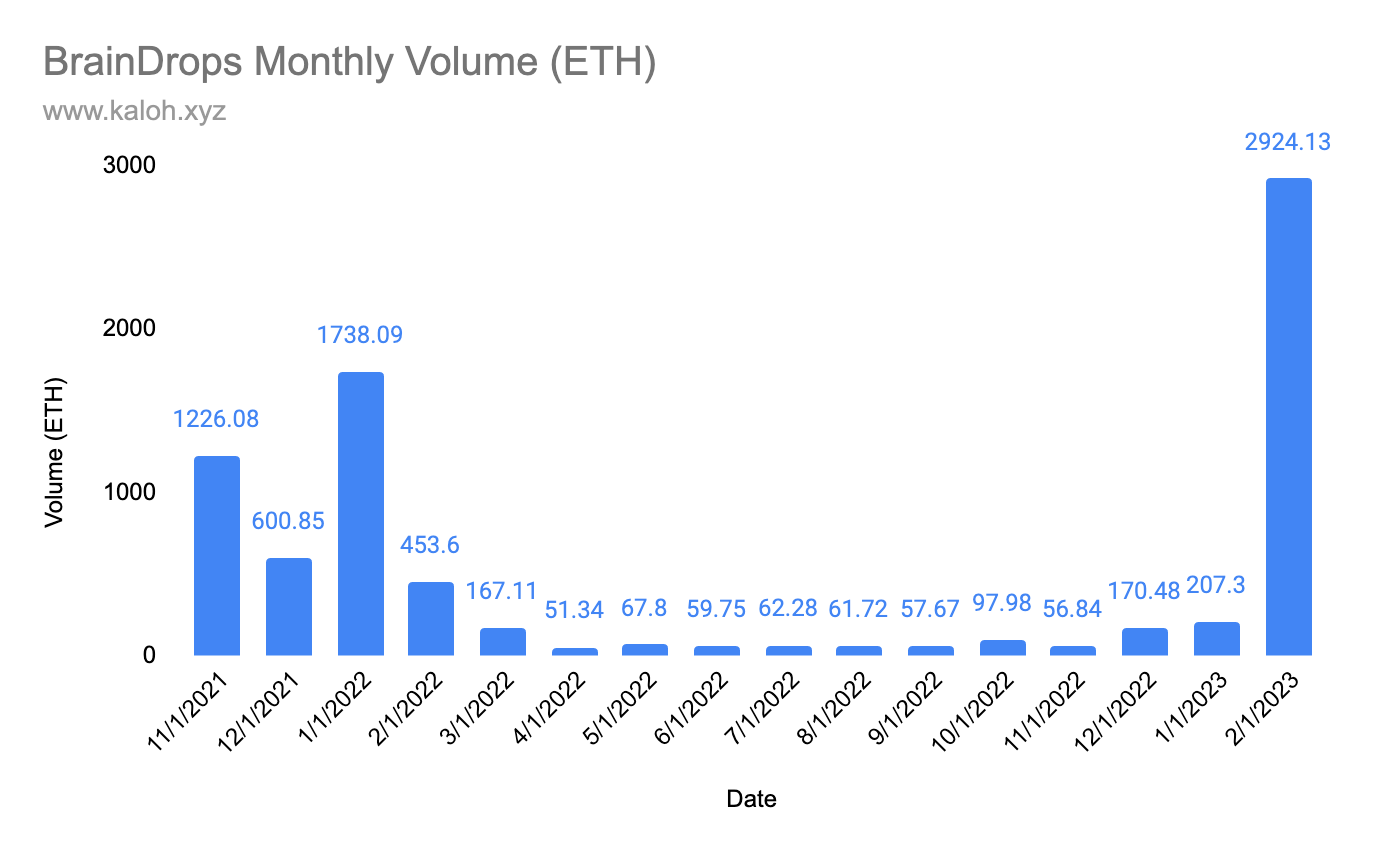
There are a few reasons that explain BrainDrop’s success.
First, they are early movers, launched in December 2021. Secondly, they took a curated approach and, in 15 months, have released 15 collections (1 was an airdrop), ensuring high-quality AI artists are onboarded. Finally, and maybe the most important factor, their collections are usually 500 to 1000 pieces, forcing artists to pay special attention to their output diversity. Big drops play well with the market, allowing thousands of collectors to join the movement and secondary sales to spike.
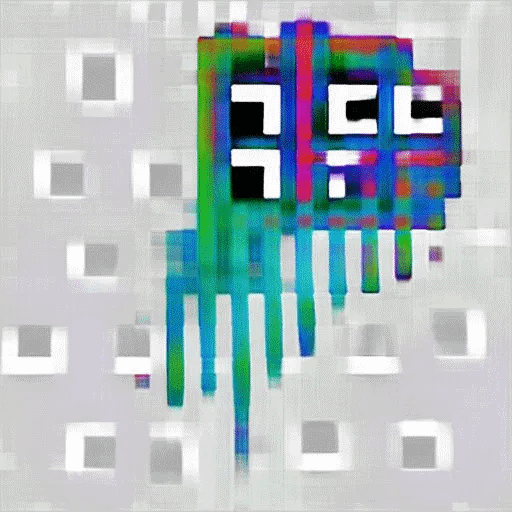
Before we go on with some stats, here are a couple of reminders:
If this is the first time reading my market analysis, I suggest you read this first.
I gathered the stats from OpenSea. It is highly possible these aren’t 100% accurate as new marketplaces emerge daily. Nevertheless, the numbers should be very close to reality.
This isn’t financial advice. NFTs are highly volatile, and you should always do your own research.

Roope Rainisto’s Life in West America injected much-needed energy into BrainDrops and showed how outstanding long-form AI looks. There are many reasons why this collection is impressive, including its ability to tell a story cohesively and emulate photographs with humans —you can perceive the AI nature of the pieces, but it doesn’t feel odd. If you have played with AI, you know this isn’t easy.
Life In West America is a post-photography project investigating America: the land as a concept, as an ideal, and the stories of the people inhabiting the space. The collection combines the visual language of traditional photography with the limitless artifice of AI, capturing a moment in time and in generative technology.
Each of the pieces is generated using custom-trained models specific to this project.
13.8% of pieces listed for sale is well above the 6.6% average across all BrainDrops collections, so we can expect the 9.25 ETH floor to retrace a bit (in the relatively short term), but I do feel the market will continue to value it high and continues to have a high potential, for the reasons I mentioned above.
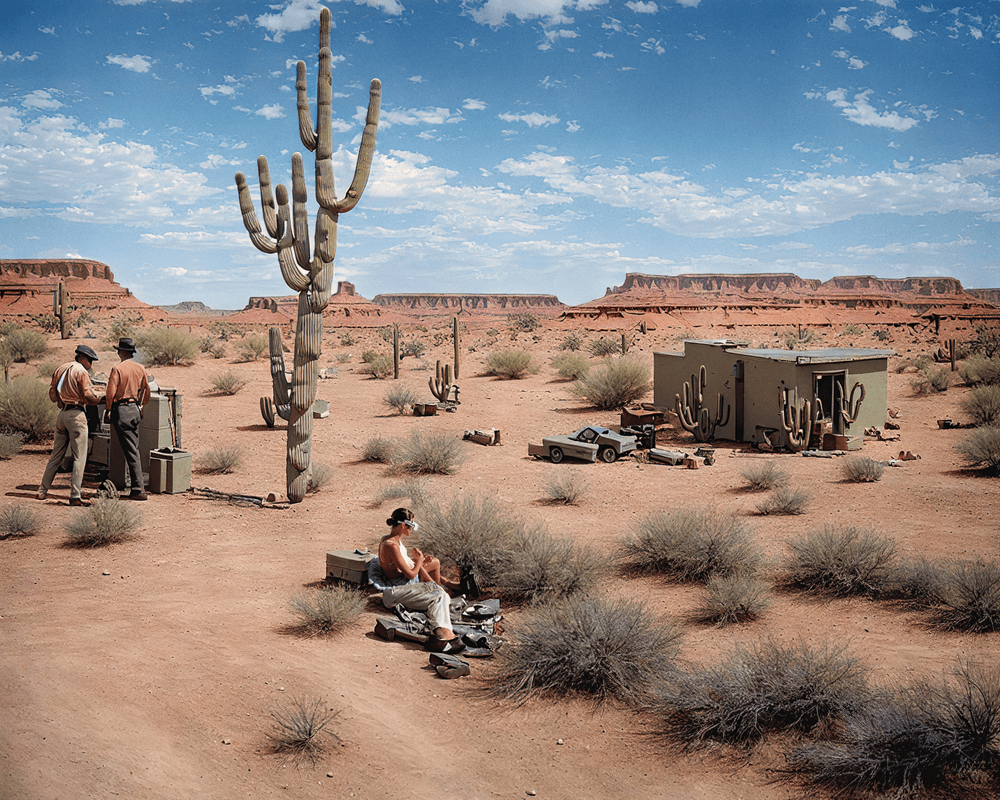
Three collections are setting themselves apart in terms of market value. Genesis by Claire Silver, the recently released Life is West America by Roope Rainistro, and podGANS by Pindar Van Arman.
Highest Floors:
Genesis by Claire Silver (14 ETH).
Life In West America by Roope Rainisto (9.25 ETH).
miniPODs by Van Arman x Mindshift x tricky (7.5 ETH).
Highest Secudary Volume:
Genesis by Claire Silver (1,755 ETH).
podGANs by Pindar Van Arman (1,552 ETH).
Life In West America by Roope Rainisto (1,357 ETH).
The following collections have the lowest floors, and TEOPEMA and ClipMatrix Creatures have relatively small sizes (696 and 500, respectively), making these low floors more prominent.
Lowest Floors:
Fake Feelings by Dadabots x Silverstein (0.285 ETH).
TEOPEMA by Vadim Epstein x COH (0.298 ETH).
ClipMatrix Creatures by Nikolay Jetchev (0.3 ETH).
If you are wondering how to mint the upcoming collections, it isn’t easy (anymore).
To get on the BrainDrops pre-mint list, you need to own a piece from each of the first three collections Genesis, podGANS, and brain loops (by Gene Kogan, Co-Founder of BrainDrops). There isn’t a pass, but if you add the floors of each of those three collections, you need around 18 ETH. This dynamic is interesting, as the “pass” is individual art pieces.

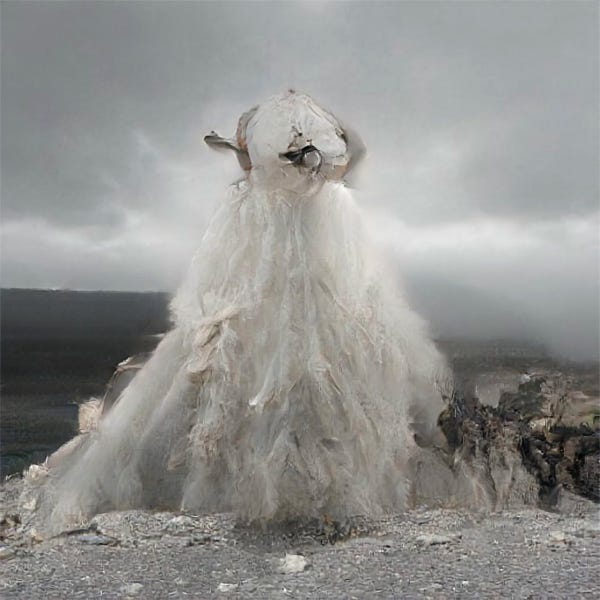
I’ve heard from my readers it is pretty hard to mint without pre-mint access, as bots make it almost impossible. Nevertheless, 18.5 ETH is a steep price to pay.
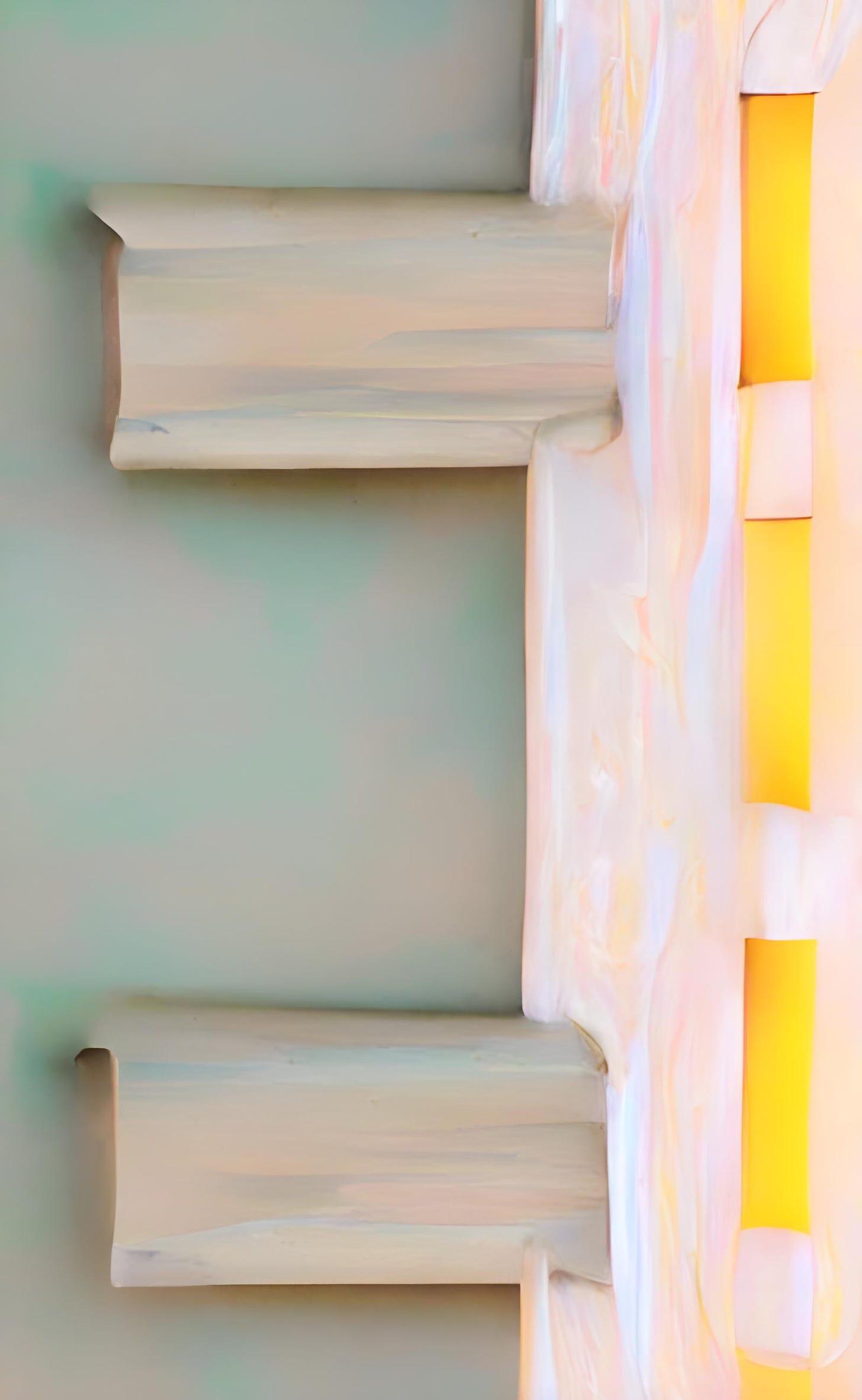
I’m still trying to make up my mind about what makes an AI collection exceptional.
I guess everyone will have their own taste (as with art in general), and we are still early in the process. Nevertheless, similarly to generative coded art, a few factors can make AI art collections and artists stand out. These are some of them from my research:
Tools and process: many collectors value the process, not just the final output. In the case of AI art, how the models are trained (open-sourced or proprietary images), what kind of neural network is used, and how much editing and human interaction are involved are exciting questions. Many AI artists create fantastic work using pre-trained models like Midjourney or Stable Diffusion, so those shouldn’t be discarded.
Collection cohesiveness: if you take five random outputs from a collection, do they maintain the same style and feel like they are part of the same story?
Collection size: plays a significant role, as it is much harder to produce 500 solid outputs than five pieces.
Artist style: the ability of artists to reproduce an art style consistently is critical (some may say, in all art forms). This isn’t easy when it comes to AI art, given the ever-growing options artists have and the complexity of controlling it.
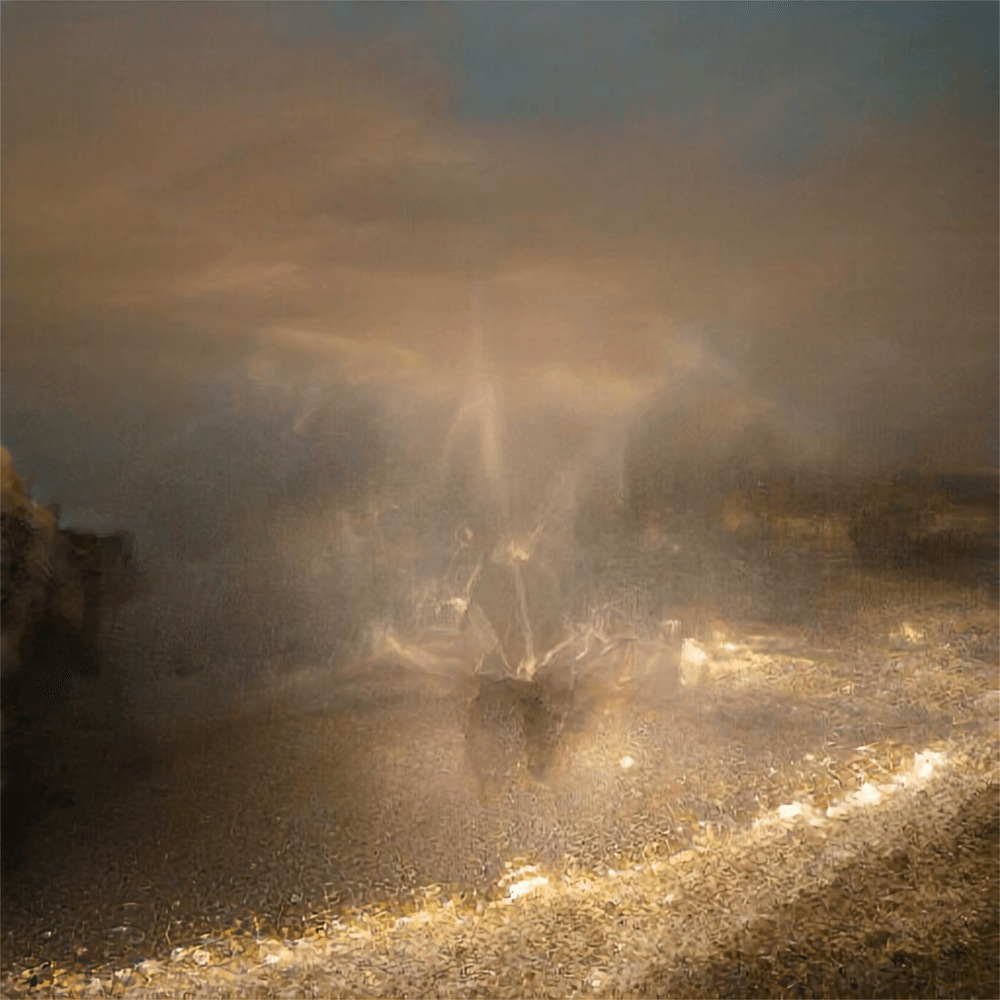
To close this issue, I would like to point out that BrainDrops is just a drop in the ocean, and although I can’t wait to see what they have planned, there are many other places to collect AI art and for AI artists to shine.
Over the following months, I plan to pay more attention to Foundation. I’ve noticed a steady amount of AI art minted there as the platform has incorporated powerful features like collections and curated worlds. For the early adopters, check out Emergent Properties on Tezos, as they are building a long-form AI art platform.
Until next time,
- Kaloh
If you enjoyed this issue, consider subscribing to Kaloh’s Newsletter to receive my articles for free in your inbox. For the full experience, become a premium subscriber.
What you’ll get:
Receive premium and public posts.
Access to my private Discord server with over 250 NFT enthusiasts.
Participate in monthly NFT giveaways.





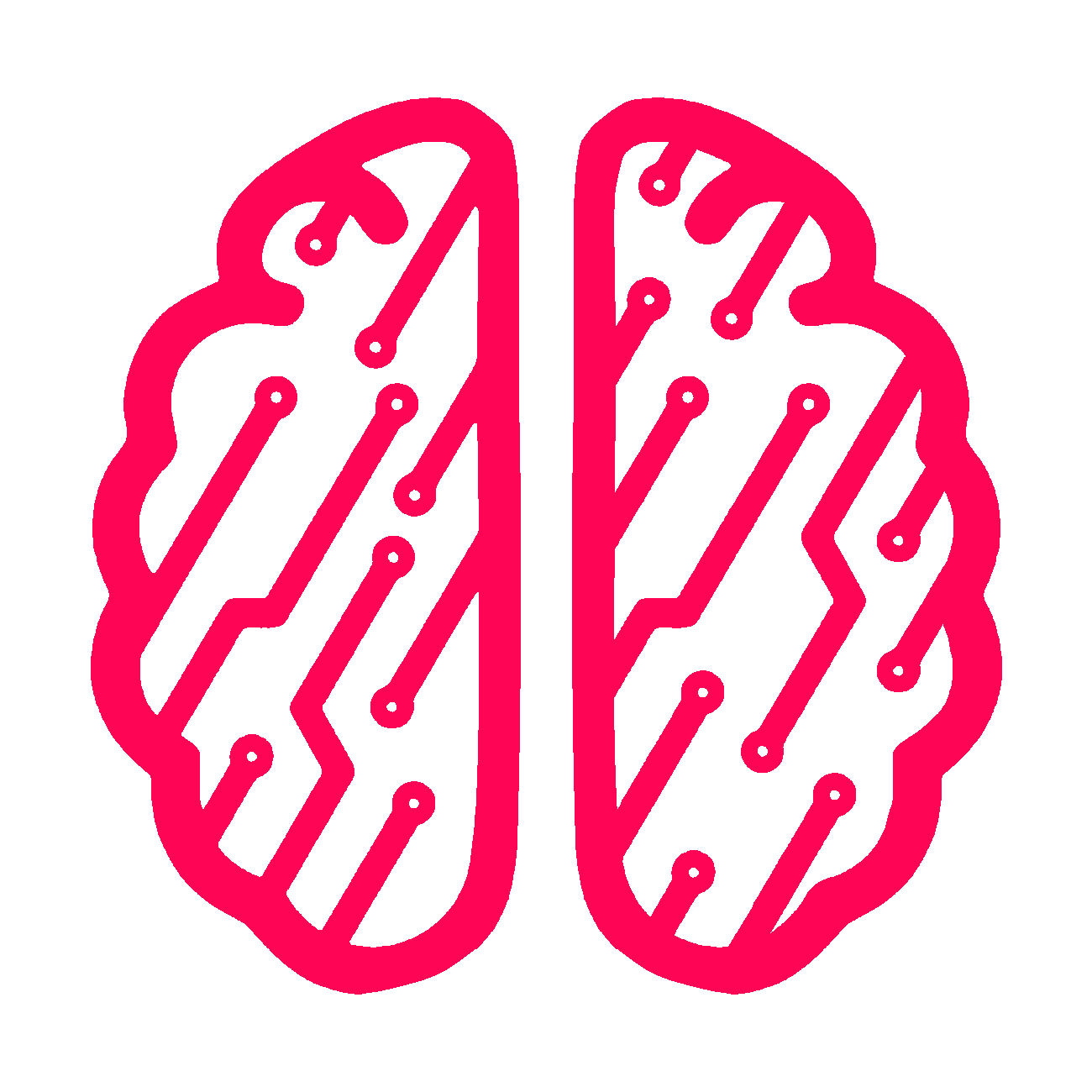
Another great article, thanks Kaloh. I came back to read it again, which tells you how useful I found it!
Been waiting for this one! Thank you Kaloh 🫶